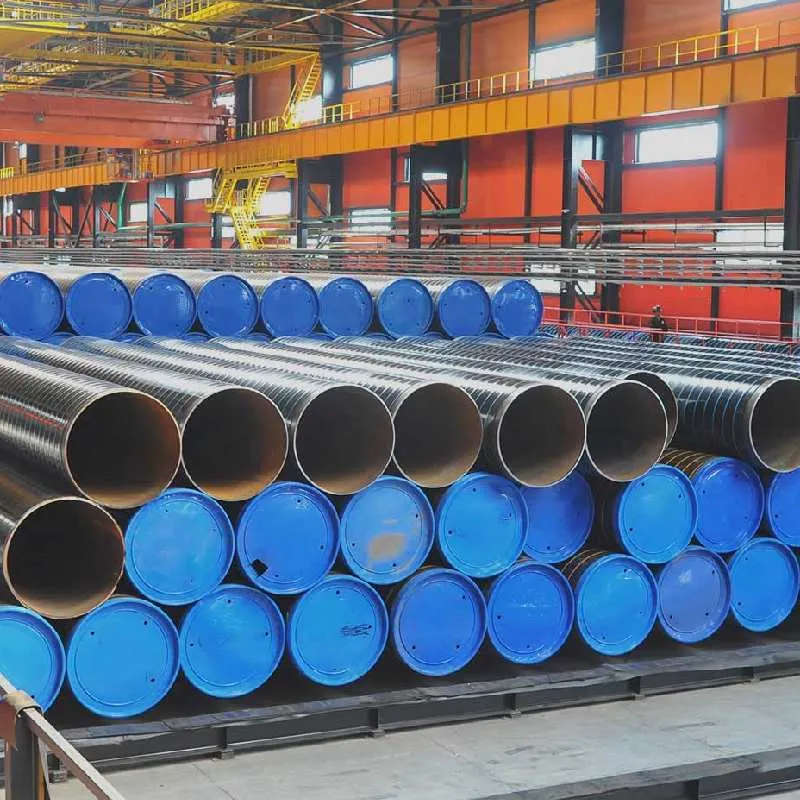-
Cangzhou Yulong Steel Co., Ltd.
-
Phone:
+86 13303177267 -
Email:
admin@ylsteelfittings.com
- English
- Arabic
- Italian
- Spanish
- Portuguese
- German
- kazakh
- Persian
- Greek
- French
- Russian
- Polish
- Thai
- Indonesian
- Vietnamese
- Zulu
- Korean
- Uzbek
- Hindi
- Serbian
- Malay
- Ukrainian
- Gujarati
- Haitian Creole
- hausa
- hawaiian
- Hebrew
- Miao
- Hungarian
- Icelandic
- igbo
- irish
- Japanese
- Javanese
- Kannada
- Khmer
- Rwandese
- Afrikaans
- Albanian
- Amharic
- Armenian
- Azerbaijani
- Basque
- Belarusian
- Bengali
- Bosnian
- Bulgarian
- Catalan
- Cebuano
- China
- China (Taiwan)
- Corsican
- Croatian
- Czech
- Danish
- Esperanto
- Estonian
- Finnish
- Frisian
- Galician
- Georgian
- Kurdish
- Kyrgyz
- Lao
- Latin
- Latvian
- Lithuanian
- Luxembourgish
- Macedonian
- Malgashi
- Malayalam
- Maltese
- Maori
- Marathi
- Mongolian
- Myanmar
- Nepali
- Norwegian
- Norwegian
- Occitan
- Pashto
- Dutch
- Punjabi
- Romanian
- Samoan
- Scottish Gaelic
- Sesotho
- Shona
- Sindhi
- Sinhala
- Slovak
- Slovenian
- Somali
- Sundanese
- Swahili
- Swedish
- Tagalog
- Tajik
- Tamil
- Tatar
- Telugu
- Turkish
- Turkmen
- Urdu
- Uighur
- Welsh
- Bantu
- Yiddish
- Yoruba

Dec . 01, 2024 19:20 Back to list
a333 gr 6
Exploring the Impact of A333 Grade 6 Steel in Modern Engineering
In the rapidly evolving landscape of engineering materials, the demand for high-performance alloys has never been greater. Among these, ASTM A333 Grade 6 steel stands out for its unique combination of properties that make it highly suitable for various applications, particularly in low-temperature environments. This article delves into the characteristics, applications, and significance of A333 Grade 6 steel in modern engineering and construction.
What is A333 Grade 6 Steel?
ASTM A333 Grade 6 is a specification for seamless and welded steel pipe for low-temperature service. This grade of steel is primarily composed of carbon, manganese, and trace amounts of other elements. It is designed to perform efficiently in extremely cold conditions, which is critical in industries like oil and gas, power generation, and cryogenics.
One of the defining characteristics of A333 Grade 6 steel is its toughness at low temperatures. The steel exhibits good ductility and impact strength, even at temperatures as low as -50°F (-45.6°C). This makes it an ideal material for applications that require resilience against brittle fracture and fatigue, allowing engineers to design safer and more reliable structures.
Key Properties of A333 Grade 6 Steel
1. Chemical Composition The standard requirements dictate a minimal carbon content and specific amounts of manganese, phosphorus, and sulfur. These elements play a pivotal role in ensuring the material’s strength and impact resistance.
2. Mechanical Properties A333 Grade 6 steel has defined tensile and yield strength requirements, ensuring that it can withstand high-pressure scenarios without compromising integrity. The minimum yield strength is typically set at 35,000 psi (240 MPa).
3. Weldability This grade is designed for excellent weldability, allowing for the construction of robust and complex structures without the risk of incurring defects during the welding process. Proper welding techniques can ensure structural integrity in various applications.
4. Charpy Impact Tests These tests measure the material's toughness at specified temperatures. For A333 Grade 6, pass criteria ensure that the material can absorb impact energy effectively at low temperatures, which is crucial for its intended applications.
a333 gr 6

Applications of A333 Grade 6 Steel
A333 Grade 6 steel's unique properties make it suitable for a myriad of applications, particularly where low-temperature endurance is paramount
- Oil and Gas Pipelines In the extraction and transportation of oil and natural gas, A333 Grade 6 steel is often used for pipelines that traverse cold regions. Its ability to endure harsh conditions helps mitigate the risk of pipeline failures and leaks.
- Cryogenic Applications From transporting liquefied gases to components in cryogenic systems, A333 Grade 6 is a preferred material due to its reliability and toughness in extreme cold.
- Power Generation In power plants, particularly those utilizing gas and steam turbines, A333 pipes are employed in various cooling and fuel lines, benefiting from their ability to resist temperature-induced stresses and maintain integrity over time.
- Structural Applications Beyond piping, A333 Grade 6 steel is utilized in components that require a balance of strength, flexibility, and the ability to operate in low-temperature environments, such as frames for storage tanks and other industrial structures.
Conclusion
The significance of A333 Grade 6 steel in modern engineering cannot be overstated. As industries continue to push the boundaries of technology and innovation, materials that can perform under extreme conditions become indispensable. A333 Grade 6's composition, mechanical properties, and versatility in applications make it a vital material for ensuring safety and reliability in infrastructure and industrial processes.
As we look to the future, the continued research and development of advanced materials, including various grades of steel, will likely lead to even more performance-focused solutions. Understanding and leveraging the properties of A333 Grade 6 steel will undoubtedly play a crucial role in shaping the industries that depend on robust, low-temperature capable materials. By investing in such quality materials, engineers and architects can design the next generation of safe, efficient, and durable structures that stand the test of time, regardless of environmental challenges.
Latest news
-
ANSI 150P SS304 SO FLANGE
NewsFeb.14,2025
-
ASTM A333GR6 STEEL PIPE
NewsJan.20,2025
-
ANSI B16.5 WELDING NECK FLANGE
NewsJan.15,2026
-
ANSI B16.5 SLIP-ON FLANGE
NewsApr.19,2024
-
SABS 1123 FLANGE
NewsJan.15,2025
-
DIN86044 PLATE FLANGE
NewsApr.19,2024
-
DIN2527 BLIND FLANGE
NewsApr.12,2024
-
JIS B2311 Butt-Welding Fittings LR/SR 45°/90° /180°Seamless/Weld
NewsApr.23,2024











